Car colors have historically been dictated by current events, the national mood, technology and cultural influences, resulting in decades of brilliant shades. More recent times, however, have seen muted tones become the most popular car colors.
A look back in history shows us how we got to the common car colors we have today.
The History of Car Paint Begins
Any customer can have a car painted any color that he wants, so long as it is black.
Henry Ford
Automobiles in the late 1800s and early 1900s were essentially motorized carriages, and so they were painted just like their transportation predecessors. This meant using oil-based paint applied by hand. Most cars were painted black because the color was durable, cheap and dried quickly.
But there were problems with both the color and the application of early car paint. Even though it provided a luxurious, brilliant finish, painting a car took weeks to complete. In addition, the black paint would often fade or yellow. Since the paint had no binding agent, when discoloration occurred, the car had to be repainted, which cost money.
Despite Henry Ford’s famous words, not all Model Ts were painted black. In fact, from 1908 to 1914, the car came in several different colors. But when Ford implemented the assembly line manufacturing process, he needed a paint that dried quickly, thus the switch to black.

Duco Paint
A major milestone in the evolution of car paint history occurred in the 1920s when the DuPont company developed a new type of automotive coating. DuPont scientists modified nitrocellulose, a substance used to make explosives and motion picture film, to create a low-viscosity lacquer that could be sprayed onto automobiles. This new paint, dubbed Duco, had numerous benefits over previous versions of car paint.
According to the Science History Institute, “Traditional varnishes chipped, cracked, crazed and faded; Duco lacquer was almost invincible. It tolerated air, sun, rain, mud, dampness, heat, cold, salt water, bacteria, perspiration, dirt, soaps and detergents. Most low-end finishes came in few colors, while Duco made available a rainbow of hues.”
General Motors was the first manufacturer to adopt Duco (at the time, GM and DuPont were under the same leadership). GM’s Oakland Motor Car Company painted its cars with two different shades of blue and a red or orange racing stripe, and debuted them at the 1923 New York Auto Show. The colors were an immediate hit with the public and by the mid-1920s all GM divisions were using Duco.
Car Color in the Roaring ’20s
The economic boom of the 1920s saw the rise of automobile ownership, which invited a broader spectrum of car colors and a variety in shades. Although the Great Depression reduced the abundance of colorful vehicles, it didn’t deter the evolution of car paint.
In the 1930s, newly created metallic paint gave vehicles an improved sheen. (Automobiles were also becoming less box-like, and the new paint helped enhance the curved forms.) Metallic paint was first made using real fish scales. It took 40,000 herring to make one kilo of paint, according to Consumer Reports. Less expensive versions of the paint used aluminum flakes instead.
Post-War Car Paint
The end of World War II saw a boom in consumption and style, with automobiles at the forefront. By this time nearly all the large automakers had color advisory panels that surveyed consumers’ tastes and studied color trends in fashion and culture. Cars became flashier with features like tail fins, curved windshields and, of course, bright colors. In addition to the copious amounts of chrome, automobiles were painted in all shades of the rainbow. Two-tone arrangements, where a car’s body and roof were painted different colors, also became popular.
The color trend continued well into the 1960s with the emergence of muscle cars. These cars have always been more about performance than pragmatism, lending themselves as better canvases for brightly colored paints.
The color trend came to a quick halt during the fuel shortage of the 1970s. During this time, car owners became more concerned with fuel efficiency and car color took a back seat. Earth tones like brown, tan and dark green became popular.
What Is the Most Popular Car Color Today?
The current color situation on United States’ roadways is not very colorful at all. “If you drove down an American street and looked only at the new vehicles, you might be forgiven for thinking you’re in a black-and-white movie,” described Volkswagen.
No one can argue with the truth. A recent study on popular car colors by iSeeCars found that 25.8% of the 6.1 millions vehicles analyzed were white and 22.3% were black. Even more sobering if you’re a fan of colorful hues is that the next two most popular paint colors, at 18.4% and 12.1%, were gray and silver. This isn’t an anomaly: These have been the most common car colors for a decade.
Why Are Muted Tones the Most Popular Car Colors?
It wasn’t too long ago, from the 1950s through the 1970s, when U.S. roadways were filled with automobiles of all shades of the color spectrum. So why the change? “Color is always shifting, and our color perception is always evolving depending on what we see, what we observe and what we live with,” said Volkswagen Senior Color and Trim Designer Jung Lim “Limmy” Park. “Color preferences really reflect the unique social and cultural trends and even geography [of a region].”
There are a number of social and cultural theories as to the prevalence of more somber car colors in America. We are currently living through the second significant recession in about a decade. During times of economic uncertainty people tend to be conservative with their money. And while a different color on your car may not increase its cost, the mindset of keeping things simple and avoiding anything flashy has been known to carry over. A similar trend occurred following the Great Depression nearly a century ago.
As for cultural influences, there are some that suggest our car color choices are defined by our obsession with technology. Apple is the world’s most valuable company and its muted-color logo is recognized around the world. “Prior to Apple, white was associated with things like refrigerators or the tiles in your bathroom,” Sandy McGill, chief designer for BMW DesignWorks told Motoramic.com. “Apple made white valuable.”
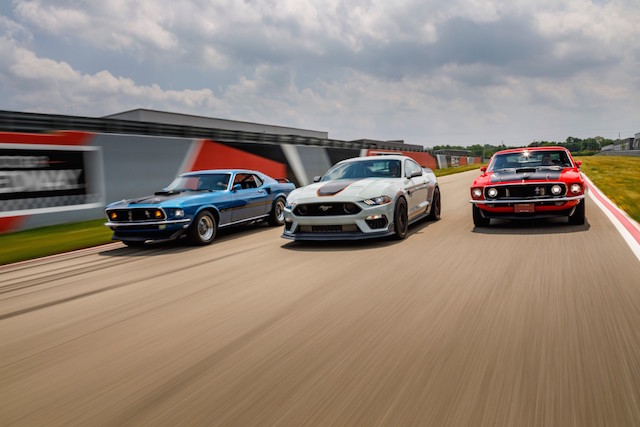
The Right Car Color for the Right Car
There’s also always been a belief that certain colors are right for certain cars. Pickup trucks are more utilitarian and don’t need a neon coating. Luxury sports car, meanwhile, are made to get people’s attention and are likely a more acceptable place for a bright-yellow coat of paint.
But sports cars haven’t been immune to the colorless trend. The Ford Mustang is a perfect example. In 1967, the muscle car was available nine shades of blue and two shades of pink. In the 1970s, brown was consistently among the top three most popular Mustang colors, but hasn’t been offered since 2000. Black, on the other hand, didn’t break into the top three until 1994 but has remained there ever since.
What Will Be the Most Popular Car Colors Moving Forward?
No one can predict the future, but we do know that trends change. As long as the demand for new colors is there, the supply will come with it.
There’s another reason to be hopeful for more vivid roadways. We view so much of our lives through the sharp, brightly colored images on our electric devices that it wouldn’t be surprising to see other shades pop up on cars in the near future. “We are all so impacted by our digital life through the pandemic, and the colors you mainly see are [on] your screen more than actual physical objects,” said Volkswagen’s Park. “The future is getting colorful, for sure.”
What color is your car? What colors would you like to see brought back? Let us know in the comments below.
If you want to try cars in all the colors of the rainbow, you can use your AAA membership to get a discount on Hertz car rentals.
Get more automotive history.
252 Thoughts on “Why Are Popular Car Colors So Boring? A Brief History of Car Paint”
Leave A Comment
Comments are subject to moderation and may or may not be published at the editor’s discretion. Only comments that are relevant to the article and add value to the Your AAA community will be considered. Comments may be edited for clarity and length.




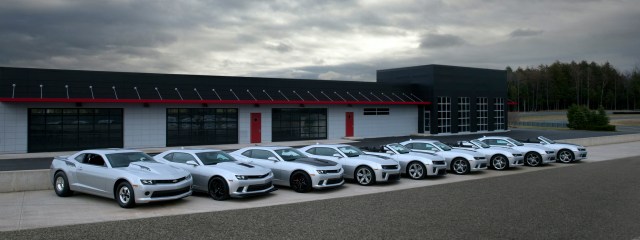

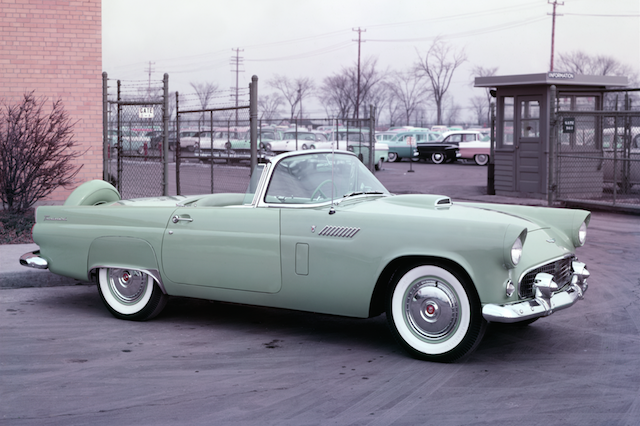
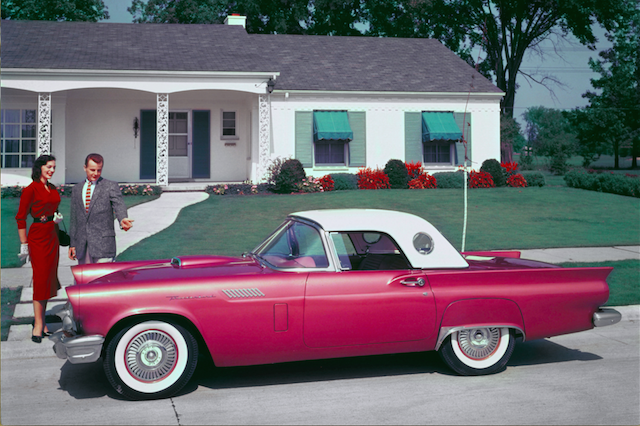
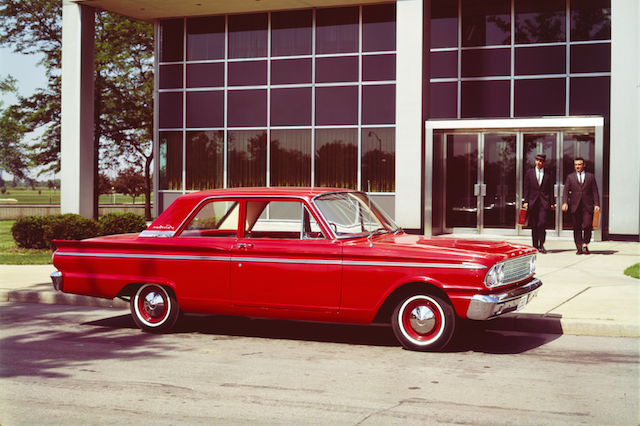
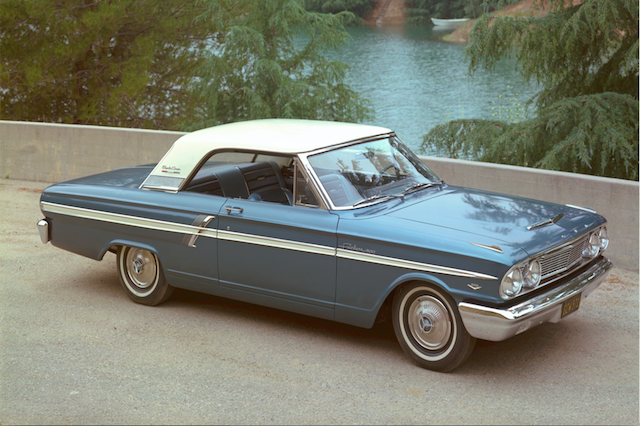
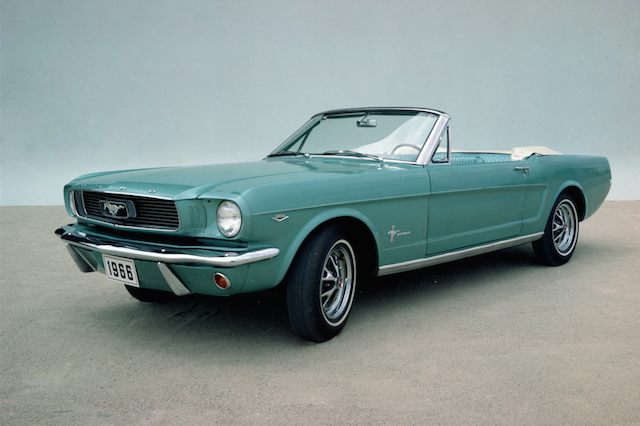
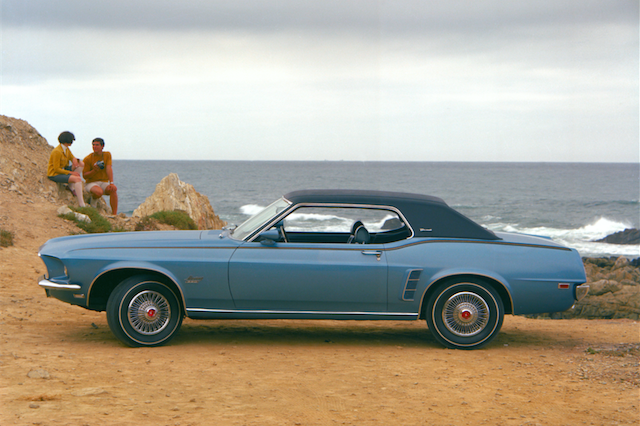









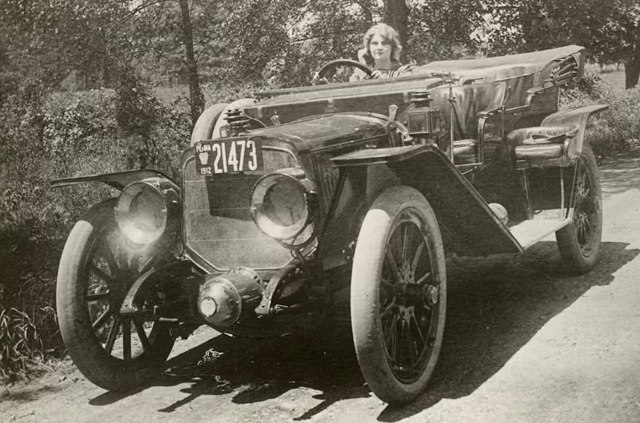

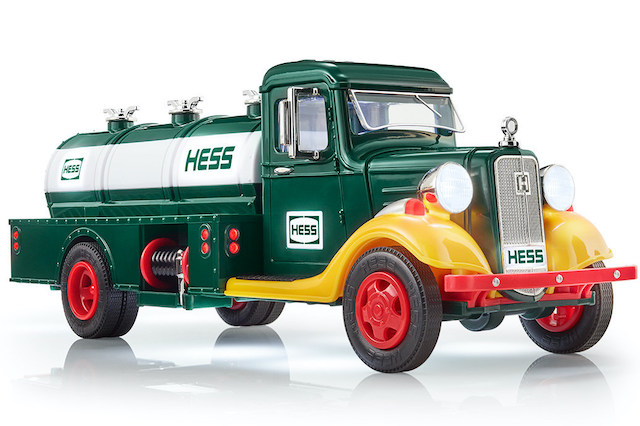


How about a totally clear car so I could see the engine and drive train! (Just kidding).
I love red cars. I’m on my fourth car and I purchased it in red, even though it’s not my favorite shade. I compromised because I wanted a Subaru, and I am glad because it’s the best car I’ve ever owned. (Sorry, didn’t mean to do an advertisement).
My car is greenish grey because that was the only choice. I would prefer kelly green or spring green or pine green, but the choices were grey, greenish grey, or bluish grey. Now with curbside, the clerks keep telling me they can’t find my car because it’s not really green. Give me some real colors.
Car color has depended mostly on my age. Red, when I was younger, and navy blue was next. I then switched to buying used cars. The features and odometer reading now mean more. I currently drive a beige certified pre-owned Prius. I love the car, but not the color.
My new car is white only because there were no others available. I would have preferred navy.
There is a fellow on Cape Cod who has a collection of several dozen antique and classic sports cars. Every one of them is red.
My Aston Martin is in Mendip Blue. Mendip. I love it.
when shopping for a certified pre owned car we were determined not to get one in either black, gray, silver, or champagne. Champagne was not mentioned as a popular color but for many years every other Toyota was in champagne.
The best we could do was find a car in navy blue metallic.
Black interiors are HORRIBLE!!! Yet thats in every new car. They are hot and show dirt all the time. Im keeping my Sandstone Camry with tan interior for as long as I can. Its a cool, clean looking interior and the exterior doesnt show the dirt. Im at 220,000 miles. Once light interiors come available, I’ll buy a new car.
I love colors!!! We have two Jeep Wranglers..one cranberry/red/burgundy which I didn’t want because there were so many burgundy cars in the early 2000’s and a new white with a black top (it does look great though). Hoping to trade the cranberry in this year for another Jeep and I want it to be bright orange, bright green or other bright. Apparently, the last year they made the chartreuse was 2016 and I loved it. The problem with both Jeeps we have is that they were the only ones available with the options we wanted. Color, color, color please!!!
GM does have some beautiful colors. European car manufacturers also offer great colors. Yes, the color should compliment the car. Unfortunately, there are many new colors that are not appealing. Car colors from the 50’s & 60’s were great.
From 2004-2013 I drove a silver minivan. When on the road I saw 100’s of the same model silver minivan. It was like looking in a mirror. I even accidentally tried to unlock a few when parked. So when I was in the market for a new SUV, I bought a make and model that was rarely seen and picked a deep Copper color.
When I was looking for my car, a fun color was actually a top priority! I remember looking out the window at my office building and seeing a sea of black, white, grey, and silver. What I got in the end is a truly wonderful Subaru Forester in Newport Blue, which is a happy, peppy shade.
I really want to see more color on our roadways and parking lots!
We see mainly white, black and grey cars because that is what dealers are ordering so it is all we see on lots. For many car models and manufacturers it is very difficult to buy a car in a bright or even any color. I have a 2019 black metallic BMW convertible with a light brown interior. It was an extra cost color which I would have preferred not to have. Most of the similar cars at multiple dealers were black with black interiors which would have been much worse for me. In a few years I would like to buy a similar car in a light color with a light interior. When I am ready to replace it, I expect I will have to special order it and wait one or 2 months to get it.
ANYTHING BUT black, white, silver, gray, gold (passé now thank goodness).
I can’t wait for bright colors to return!!
I am a baby boomer and absolutely loved the car colors we had as we grew up. Going to car shows before this pandemic brought smiles and such good memories for all of us. The “non-color” cars of today are depressing and right about now we all need a reason to smile again. BRING BACK COLOR!
It seems pretty evident that people LOVE cars with color but we don’t have any say in the matter. I really miss colorful cheerful highways. Now all I see is a long line of dull, nothing stands out, I barely notice one car from the next. Bring back some fun!!!
Years ago I had a 71 Mercury Comet GT that was a bright lime green color. I love that color. I noticed that some new cars are coming in orange, lime green and other bright colors. After years of owning several muted colored Siennas (they all were the same color, tan) I bought a Salsa Red one.
I like a metallic burgundy or a metallic turquoise, good luck trying to get it!
I have a black diamond car. I wanted a blue one but bought a car that was available. My husband has a red car. I would like to see more blues and greens. Oh and as a sidebar, why can’t I have a manual transmission that isn’t for the lowest priced model?
My favorite: a medium brown metal flake with deep hues in different light angles, called “root beer.” On someone else’s es old restored pickup.
For me, good tires and brakes….color incidental.